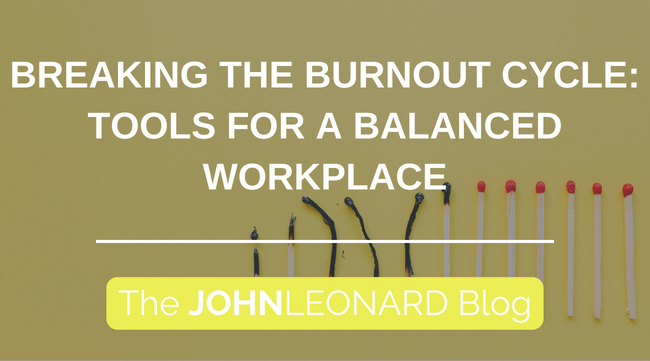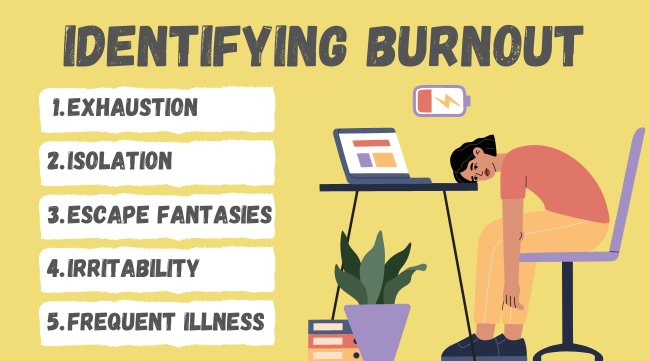
Employee burnout is a growing concern in workplaces worldwide and has become an epidemic that requires immediate attention. Burnout has increased significantly since the pandemic, and with countless societal, political, and economic issues happening around the globe, reports of stress at work are skyrocketing. To demonstrate the severity of this issue, here are some staggering workplace burnout statistics:
- LinkedIn reports that more than three-quarters of employees (77%) have experienced workplace burnout in 2024. According to Gallup, that number has increased significantly year over year, up from 38% in 2019 and 44% in 2022.
- Gitnux also reported that job-related burnout accounts for an astronomical $125 billion and $190 billion in annual healthcare spending.
To mitigate employee burnout and high stress, mental health and well-being initiatives must be essential to modern-day business operations. Let’s face it: If employees are burnt out, productivity, engagement, and culture will suffer. Burnout can decrease employee productivity by up to 40% and increase absenteeism by 25%. Anyone exposed to chronic work-related stress is at risk of burning out, so employers and employees should learn how to identify the symptoms and stages of burnout to help facilitate a healthy and supportive workplace culture.
Identifying Burnout
Regardless of your role within an organization, it would be best to familiarize yourself with the signs of burnout. Here are five key indicators:
- Exhaustion
- Isolation
- Escape Fantasies
- Irritability
- Frequent illness
If you notice you or a coworker are perpetually fatigued, experiencing head or stomach aches, changes in sleep and eating patterns, or have been more susceptible to colds, the flu, or even anxiety and depression, that’s a red flag indicating burnout. Maybe you are distancing from coworkers, friends, or even family and feel your patience is about to snap at any moment. Or you’re constantly dreaming about escaping to a quiet, lonely place where you can be alone for a little bit. These are all signs that you’re running through the 12 stages of burnout and need to make some changes.
Preventing Burnout
As an employee struggling with burnout, here are a few tips to help find a healthy work-life balance again:
- Set firm, clear boundaries between your personal and professional life. Take breaks as needed and have clearly defined start and finish times each day. Consider taking some time off to relax and restore your body.
- Prioritize self-care. Make it a routine to eat well, add movement to your day, engage in activities that reduce stress, and get quality sleep.
- Get help from others. Schedule regular check-ins with your boss, family, and friends and utilize various mental health resources.
As an employer, you can support your employees and cultivate a safe and supportive work environment in several ways:
- Promote a healthy work-life balance for all. Encourage your employees to take breaks and time off as needed. To go one step further, lead by example and ensure that leadership also maintains that balance.
- Provide access to support services. Many options are available, from an Employee Assistance Program (EAP) to stress management workshops or paid subscriptions to counseling and wellness apps.
- Foster a supportive environment. Facilitate open communication to help employees recognize and talk about burnout. This will also help to reduce the stigmas associated with mental health challenges.

Workplace burnout is a growing concern in the modern workplace. By recognizing the signs of severe stress and taking steps to support those affected, you, your colleagues, and all employees can thrive in a healthy and supportive environment.
For more tips on creating a positive culture in your organization, subscribe to the JOHNLEONARD blog!
